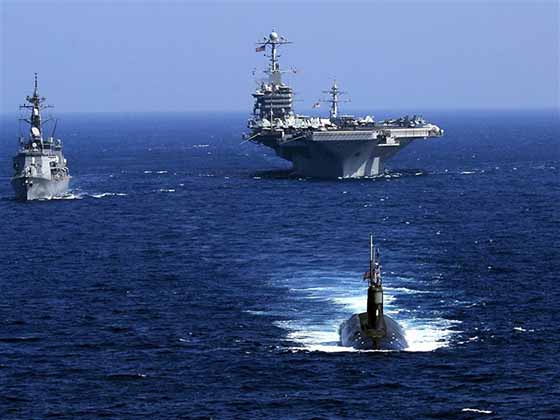欢迎您访问:尊龙人生就是博网站!四、输出信号多种输出信号可选:CARLO佳乐电容式传感器的输出信号种类非常丰富,客户可以根据自己的需求选择不同的输出信号类型。产品支持模拟信号输出、数字信号输出、RS485总线输出等多种类型,满足了不同客户对于输出信号的需求。
Halons have been widely used as fire extinguishing agents due to their effectiveness and versatility. However, their production and use have been restricted due to their negative impact on the environment. This article aims to provide a comprehensive overview of halons, including their properties, applications, environmental impact, alternatives, regulations, and future prospects.
Halons are man-made chemicals that contain bromine, fluorine, and carbon. They are colorless, odorless, and non-corrosive gases that are highly effective in suppressing fires. Halons are classified into three types based on their chemical structure and properties: halon 1211, halon 1301, and halon 2402. Each type has its own advantages and disadvantages, depending on the specific application.
Halons have been widely used in various industries, including aviation, marine, and electronics, due to their effectiveness in suppressing fires without damaging equipment or causing harm to people. They are particularly useful in enclosed spaces, such as engine compartments and computer rooms, where other fire suppression agents may not be effective. However, their use has been phased out due to their negative impact on the environment.

Halons are potent greenhouse gases that contribute to ozone depletion and global warming. They have a long atmospheric lifetime and can remain in the atmosphere for decades, causing damage to the ozone layer and contributing to climate change. The production and use of halons have been restricted under the Montreal Protocol, which aims to phase out ozone-depleting substances.
尊龙人生就是博Several alternatives to halons have been developed, including clean agents, inert gases, and water mist systems. Clean agents, such as FM-200 and Novec 1230, are highly effective in suppressing fires and have no ozone depletion potential. Inert gases, such as argon and nitrogen, displace oxygen and suppress fires without leaving any residue. Water mist systems use fine water droplets to cool and suppress fires, without causing damage to equipment.
The production and use of halons have been restricted under the Montreal Protocol and its amendments. The Protocol aims to phase out the production and consumption of ozone-depleting substances, including halons, by 2030. The use of halons is now only permitted in critical applications, such as aviation and military, where no viable alternatives are available.
Although the production and use of halons have been restricted, they still play a critical role in aviation and military applications. Research is ongoing to develop new halon alternatives that are more effective and environmentally friendly. The future prospects for halons depend on the development of new technologies and the availability of alternatives that can meet the specific requirements of critical applications.
In conclusion, halons have been widely used as fire extinguishing agents due to their effectiveness and versatility. However, their production and use have been restricted due to their negative impact on the environment. Alternatives to halons have been developed, and regulations have been put in place to phase out their production and use. The future prospects for halons depend on the development of new technologies and the availability of alternatives that can meet the specific requirements of critical applications.